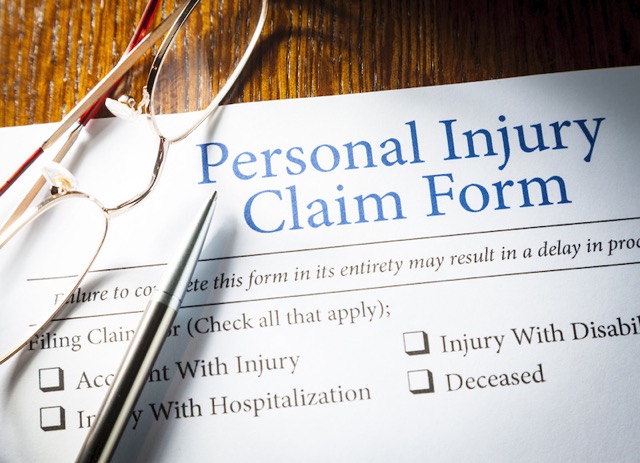Understanding the procedure is essential when pursuing a personal injury claim in California, even though it may appear daunting. It is imperative to navigate the legal system efficiently, regardless of the cause of your harm, whether it be a car accident, slip and fall, or any other incident caused by someone else’s negligence. By familiarizing yourself with the process, you can safeguard your rights and increase the likelihood of a favorable outcome.
Comprehending Personal Injury Claims:
In California, personal injury cases typically arise from various incidents such as car accidents, accidents involving slips and falls, and medical negligence. It is crucial to have a clear understanding of your rights concerning compensation for lost wages, medical expenses, and damages for pain and suffering. Assessing the validity of your claim relies on comprehending legal principles like negligence and accountability.
In order to preserve the chance of seeking compensation, it is crucial to have knowledge about the statute of limitations, as it establishes a specific period within which a claim must be filed. By understanding these principles, you can navigate the personal injury claims process more effectively.
How to Establish Eligibility:
In order to determine eligibility for a personal injury claim in California, several specific criteria need to be assessed. One vital factor is negligence, which refers to the failure to exercise reasonable care leading to harm inflicted upon another person. Establishing the negligence of the party at fault is crucial in proving liability for your injuries.
In addition, understanding culpability is crucial as it determines the party responsible for the injury or accident according to the law. Additionally, comprehending the statute of limitations is essential as it imposes a time limit for filing a claim after the incident. Meeting these qualifying criteria is necessary to seek compensation for your injuries.
Acquiring Proof:
Establishing the facts surrounding your injury is crucial in substantiating your claim for compensation. Vital proof includes medical records that detail your injuries, treatment, and any related expenses. Additionally, witness testimonies can provide support for your account and offer alternative perspectives on the incident.
Gathering images of the accident scene, injured individuals, and property damage can provide valuable evidence to support your claim. It is crucial to collect this proof promptly after the incident to enhance the credibility and accuracy of your case.
Notifying Parties in Charge:
Notifying the people or organizations accountable for your harm entails formally letting them know that you want to pursue compensation. This notification is usually made through an official letter that includes a detailed account of the incident and your injuries.
By sending this notification promptly after the accident, the relevant parties will be promptly informed about the issue and can initiate their investigations. Additionally, early notification of the responsible parties may lead to settlement discussions that could potentially eliminate the need for formal legal proceedings.
Also, Read This: How To Buy a Car – What You Need to Know as a First-Time Buyer
Looking for Legal Counsel:
In California, seeking legal representation can be very beneficial to filing a personal injury claim. A California personal injury lawyer can help you a lot by guiding you through the legal system’s intricacies and fighting for your rights. Their in-depth knowledge of state statutes and regulations on personal injury claims can greatly improve your prospects of getting just compensation.
If needed, an experienced attorney will analyze the specific details of your case, stand for you in court, and manage negotiations with insurance companies on your behalf. Their expertise and support throughout the claims process can alleviate stress and ensure that you receive the rightful compensation you deserve.
Making a Claim:
Filing the claim is the final step to obtain compensation for your injury in California. This involves submitting the necessary documents and records to the appropriate parties, such as the insurance provider or the court. Typically, this paperwork includes a formal complaint that outlines the details of the incident, your injuries, and the desired compensation.
It is crucial to meet deadlines and ensure accurate completion and submission of necessary paperwork. Once the claim is filed, the legal process commences, which may involve negotiations with the other party for a settlement or a trial if a resolution cannot be reached.
Conclusion:
To navigate the process effectively, it is crucial to have a clear understanding of the eligibility criteria and gather sufficient evidence. If necessary, seek legal advice. Notify the relevant parties promptly and ensure that you file your claim within the specified time limit to safeguard your rights. Stay proactive and maintain open communication with both your insurance company and attorney throughout the entire process.
How to File a Personal Injury Claim in California? – Primes World












